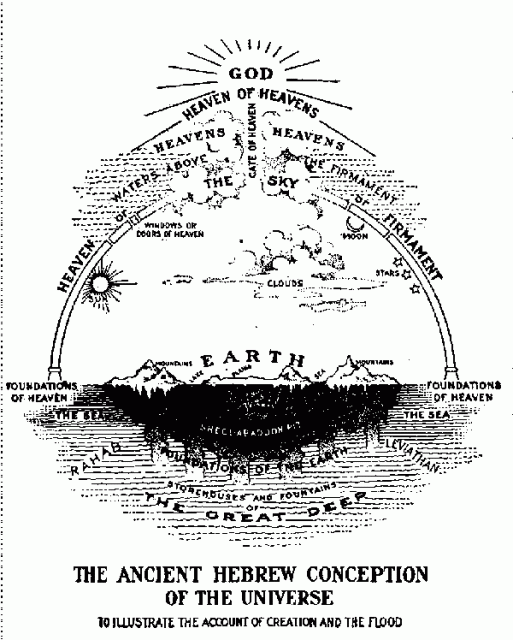We cannot determine the age of the earth by referencing Genesis 1 because we cannot determine the length of each day in the creation process when reading it literally. Let me explain.
You probably consider a day to last 24 hrs, and that duration involves one sunset and one sunrise (in no particular order). Since that is how Genesis 1 describes the passage of a day, it may seem logical to conclude that the day being described must also be 24 hrs in duration.
A few problems with this line of reasoning arise, but I'll make it easy by skipping a few of them. For example, let's pretend that even though there is no sun until the fourth day, there is in its place a light source that illumines from approximately the same locale in space. Therefore, assuming the earth is rotation the same speed, half of it will still be in shadow and days and nights will progress the same as they do today.
Okay, having excused ourselves of dealing with all that, it should be obvious that a day involving one sunrise and one sunset lasts 24 hrs, right?
Well, no. Because even today we can experience far more than 24hrs without experiencing one or both of those phenomenon. I'm not talking about polar winter or summer, although that does apply. I'm talking about travel.
London and San Francisco are eight hours apart in local time, right? So, what happens when you catch a flight in London and arrive in SF eight hours later? What time is it? How much time has passed? How much closer to the horizon is the sun? The answers: It is the same local time in SF that it was in London when you left London. Eight hours have passed, and yet the sun is not any closer to the horizon as it was when you left.
And, if you kept traveling west at that same speed, how much time could pass for you before the sun sets? Answer: An infinite amount.
But, you might argue, the author was talking about observing light and darkness from a fixed point on the earth! Was he? There was only one being on the earth at the time that could do the observing: the Holy Spirit. And, was it staying still, or was it in motion? The text says it was in motion.
Therefore, because the point of reference is moving around at an undisclosed speed and in undisclosed directions, then it would be impossible for anyone reading the text literally to be able to determine the length of those first days using arguments about known astronomy.
You probably consider a day to last 24 hrs, and that duration involves one sunset and one sunrise (in no particular order). Since that is how Genesis 1 describes the passage of a day, it may seem logical to conclude that the day being described must also be 24 hrs in duration.
A few problems with this line of reasoning arise, but I'll make it easy by skipping a few of them. For example, let's pretend that even though there is no sun until the fourth day, there is in its place a light source that illumines from approximately the same locale in space. Therefore, assuming the earth is rotation the same speed, half of it will still be in shadow and days and nights will progress the same as they do today.
Okay, having excused ourselves of dealing with all that, it should be obvious that a day involving one sunrise and one sunset lasts 24 hrs, right?
Well, no. Because even today we can experience far more than 24hrs without experiencing one or both of those phenomenon. I'm not talking about polar winter or summer, although that does apply. I'm talking about travel.
London and San Francisco are eight hours apart in local time, right? So, what happens when you catch a flight in London and arrive in SF eight hours later? What time is it? How much time has passed? How much closer to the horizon is the sun? The answers: It is the same local time in SF that it was in London when you left London. Eight hours have passed, and yet the sun is not any closer to the horizon as it was when you left.
And, if you kept traveling west at that same speed, how much time could pass for you before the sun sets? Answer: An infinite amount.
But, you might argue, the author was talking about observing light and darkness from a fixed point on the earth! Was he? There was only one being on the earth at the time that could do the observing: the Holy Spirit. And, was it staying still, or was it in motion? The text says it was in motion.
Therefore, because the point of reference is moving around at an undisclosed speed and in undisclosed directions, then it would be impossible for anyone reading the text literally to be able to determine the length of those first days using arguments about known astronomy.


